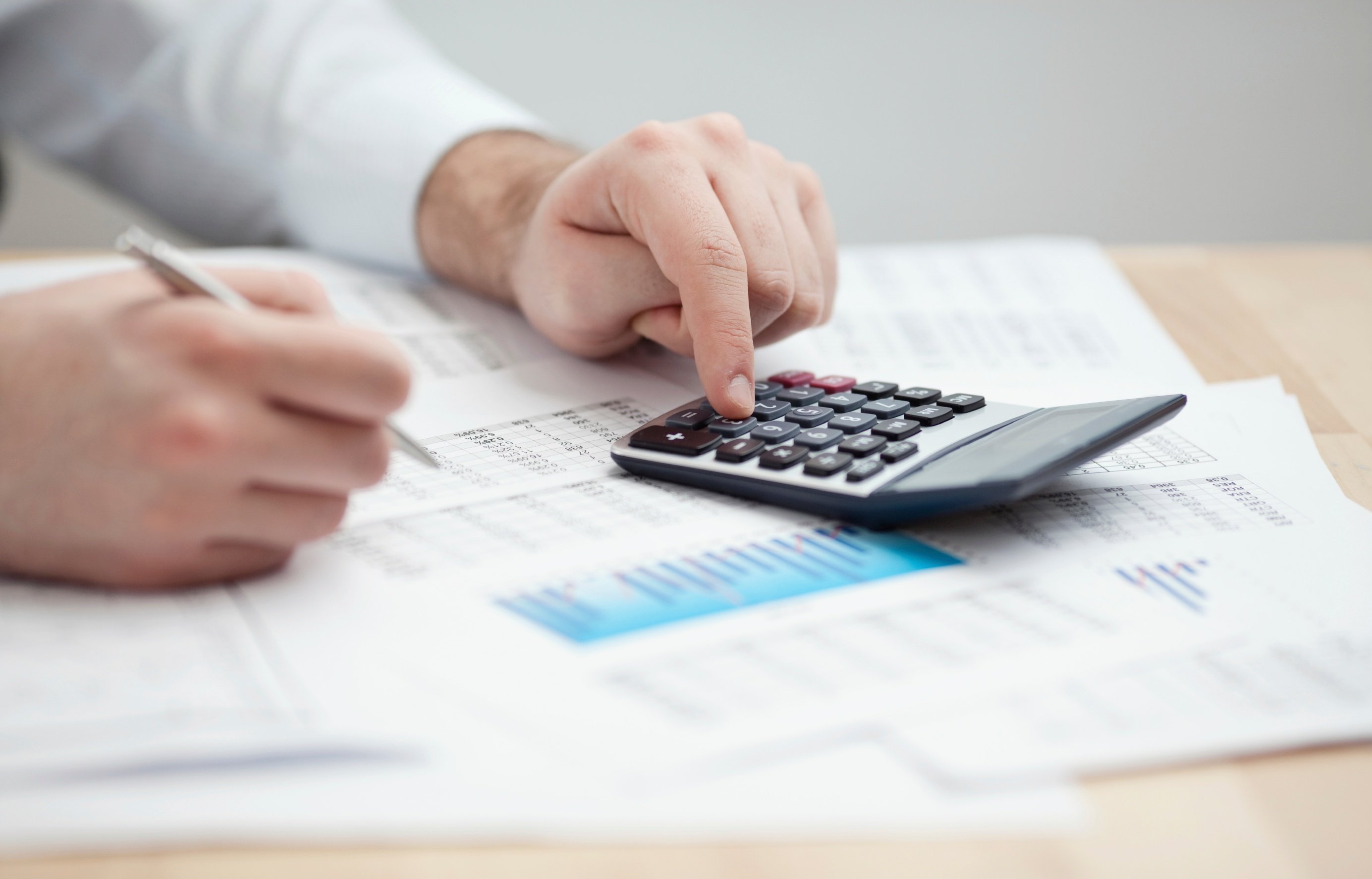Four Steps to Creating an Accurate Cash Flow Forecast
Need help in performing an accurate cash flow forecast for your business? Here's a step-by-step guide.

cash-flow-forecasting.jpg
Ask any successful food and beverage entrepreneur what they think is the most important inclusion in a business plan and they’ll probably say - accurate cash flow forecasting. Cash flow is critical to the success of any sized business, so performing a good forecast is essential.
WHAT IS A CASH FLOW FORECAST?
A cash flow forecast is an estimate of the amount of money you think you could bring into your business and how much you’re expecting to spend. It also includes all your itemised projected income and expenses. Usually, a forecast looks ahead 12 months, but it can also cover shorter periods like a month or a week.
WHY IS A CASH FLOW FORECAST IMPORTANT?
A cash flow forecast acts as your “warning system” - it warns you if there will be shortages so you can immediately get a backup plan ready and it lets you know if you'll be earning more money than you thought. With access to more cash, you can then decide if you can afford to hire new staff, start introducing new products, rent more space for your operations, or invest in new technology to improve your productivity.
A cash flow forecast will also help you track how quickly your customers are paying their invoices. Always remember that as a wholesale business you get most of your profits from orders, so on-time payments are important.
HOW TO PREPARE A CASH FLOW FORECAST?
Preparing an accurate cash flow forecast can be a bit time-consuming, especially if it’s your first time. But after setting up your first forecast the next ones will be easy, as you'll have a template. Working closely with a professional accountant or utilising an accounting system will generate all the important data you need but if you're just starting out or don't yet have the funds to invest in a new tool - don't worry! You can do the forecast on your own using a spreadsheet.
There are two important components that make a good cash flow forecast: your projected income and your estimated expenses. We've broken the process down into several steps so you can easily perform your own accurate cash flow forecast.
STEP 1: Estimate how much money you think you’ll earn in a specific period of time (weekly or monthly).
Take a look at your sales over the last two to three years and use it as a basis for your calculations. Remember that not all sales patterns will be the same so it's important to think about the factors that could affect your income in a particular period. For example the timing of marketing campaigns, holiday seasons, trade shows, new product launches and other events.
Next, estimate the amount of money that you are expecting to earn over a particular period. Be sure to take in to consideration new product launches, plans to break into new markets, or customer sign up initiatives. Also include loans that you will receive and any money that you will get from your investments.
If you don't have access to previous financial figures or sales reports you can predict your projected income by surveying your customers product needs and requirements and their intentions to purchase. Another effective way is to estimate all your cash outflows or expenses first. By doing this, you’ll get an idea of how much money you need to bring in to cover your expenses.
STEP 2: Know when you will get paid
This is important in cash flow forecasting because it lets you know if you will have enough money in a week or a month to pay your expenses. Remember unlike a retail business you don't receive your money at the exact time of sale. So it's important to take in to consideration your payment terms so that you can accurately forecast your income and set it against your outgoings.
STEP 3: Predict how much money you will spend
The next column in your cash flow forecast should include all your estimated expenses. This part must be really detailed because it will determine if you'll have shortages in the coming months. Do your best to estimate what bills you'll have to pay and list your day-to-day running costs.
There are costs that are fixed monthly, such as your rent, internet usage, and payroll, but there are also other items that might take some time to estimate since they are variable. A good example is your electricity bill as this changes depending on the season. Below are common expenses you might include in your forecast:
- The costs of your utility bills (landline or mobile phone, electricity, space rent, and internet);
- The costs of raw ingredients you need to buy to make your products;
- Your staff’s salaries. Don’t forget to include the taxes, bonuses, and other incentives you pay on top of their wages;
- The costs of your products’ packaging and delivery;
- If you utilise a software system (i.e inventory, accounting system, order management), list down how much you pay for their subscriptions;
- If you use an Accountant, Business Coach, Food Consultant include their fees in your forecast;
- Any Loan repayments.
In addition, you also need to include your future costs. For instance, the money you’ll have to spend if you’re planning on hiring additional employees, purchase new equipment, or if you’re thinking of rolling out a new marketing campaign or participating in any big events, like trade shows.
STEP 4: Put all your data together
Now that you have estimated your cash inflows and outflows, it’s time to put the numbers together and create your cash flow forecast.
To start, write down your opening bank balance. Add all your estimated cash inflows and then subtract all your predicted cash outflows for the particular time period you’re looking to forecast. The final amount is what you expect to have in the bank by the end of the period. This will also serve as your opening cash balance for the following period.
What if you discover you are earning more money than you spend? That’s a great indication that you have a strong positive cash flow. You can then decide if you want to hire new staff, purchase more inventory, invest in new technology, or even better, expand your operations.
But what if the outcome of your forecast doesn't look good and you're in a poor cash flow position? Don’t panic, you’ve got time to adjust. This is what makes a cash flow forecast an important part of your business plan - it gives you time to come up with a solution.
Below are some actions you could take if you identify cash shortages:
1. Reduce your outgoings. List down all your expenses in a spreadsheet and detect those that you think aren’t important to your operation. Analyse them and see if you can cut down anything.
2. Make improvements within your business. Maybe the prices of your products are too low and you need to put them up so you can have adequate money to cover your shortfalls.
3. Review the performance of your staff and see that they’re productivity and output is still high enough.
4. Assess your marketing efforts. Perhaps the number of your retail orders are starting to decrease without you noticing it? Or maybe you’re no longer signing up any new customers?
5. Chase up late payers. You need to ensure you get paid on time so you can have enough money on hand to meet your business’ needs.
One thing to remember - the effectiveness of your cash flow forecast relies on how detailed your cash inflows and outflows estimates are. It's vital that you always update it against the actual performance of your business to guarantee that it’s accurate.
Cash flow forecasting is one of the most important business-critical tasks you should be doing. It's not just about keeping an eye on the amount of money that’s coming in and going out, it’s essential for helping you future-proof your business.
Want more cash flow advice like this? Check out our blog.
Categories
Advice
Our insights team is made up of passionate writers, researchers, chefs, baristas, web developers, tech gurus, our Founders, and even an accountant. We keep a pulse on the Food & Beverage industry to bring you insights and research to help our industry trade smarter.







